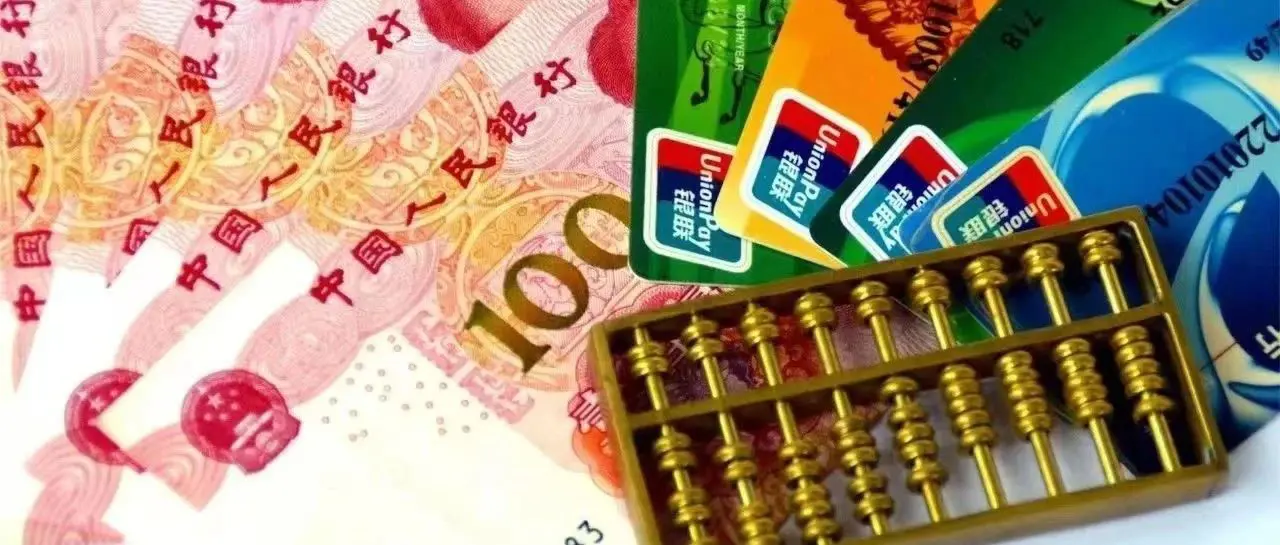RMB Settlement: Big News Again!

On a certain date, China Shipbuilding Hudong Zhonghua Shipbuilding, in collaboration with China Shipbuilding Trading, signed a construction contract in Shanghai with Seaspan Corporation, the world's largest independent container ship leasing company, for the construction of a number of self-developed 24,000 TEU large container ships, with settlement in RMB. This is the largest shipbuilding order settled in RMB for container ship types in China this year.
The newly signed large container ship is a green and environmentally friendly container vessel independently developed and designed by China Shipbuilding Hudong Zhonghua. It has a total length of approximately meters, a molded breadth of meters, and can carry up to standard containers, with refrigerated container slots available. The design incorporates the latest environmental concepts, equipped with a scrubber and energy-saving devices, meeting the shipowner's future requirements for green fuel retrofitting, ensuring low energy consumption, high speed, and green environmental performance.
It is noteworthy that this batch of orders is settled in RMB, making it one of the few large shipbuilding contracts directly signed by foreign shipowners with Chinese shipbuilders using this new payment method. This is of significant importance for advancing the internationalization of the RMB. The use of RMB settlement helps Hudong-Zhonghua reduce exchange rate risks, enhance profitability, and improve market competitiveness. It also benefits shipowners by lowering financing costs and increasing trade efficiency.
Looking back on the first half of the year, the third domestically produced jet delivered by China Aircraft Leasing Group to Indonesia's TransNusa Airlines arrived in Jakarta, the capital of Indonesia, in the evening of a certain day. This marked the first cross-border RMB settlement transaction for domestically produced aircraft.
In recent years, as China's economic and trade scale with countries around the world has expanded, the international status of the RMB has been continuously enhanced, and new progress has been made in cross-border RMB settlement transactions. A report recently released by the People's Bank of China shows that the scale of cross-border RMB usage in China has been steadily growing. From January to October, the total amount of cross-border RMB receipts and payments reached 34.63 trillion yuan, a year-on-year increase of 23.3%.
The People's Bank of China's "Annual Report on the Internationalization of the RMB" indicates that in recent years, the proportion of RMB settlement in China's goods trade receipts and payments has been increasing. In the year, the amount of RMB cross-border settlement in goods trade accounted for .% of the total cross-border settlement in both RMB and foreign currencies for the same period. From January to September of the year, this proportion rose to .%.
Additionally, significant progress has been made in the settlement of commodities priced in RMB. Currently, China has launched international futures and options products for crude oil, iron ore, and others, attracting overseas traders, thereby providing a pricing benchmark for the settlement of commodities in RMB.
According to an index tracking the internationalization of the RMB compiled by Standard Chartered Group, the RMB has seen significant improvements in payment volume and trade value in recent years. Ben Hung, President of International Business at Standard Chartered Group, stated that with the continuous growth of South-South cooperation and global trade, the trend of RMB diversification is expected to continue to strengthen, which will further enhance the stability of the global payment mechanism and reduce volatility.
Zhu Hexin, Deputy Governor of the People's Bank of China and Director of the State Administration of Foreign Exchange, stated at the Financial Street Forum Annual Conference that this year, China's foreign exchange market has generally withstood the test, demonstrating strong resilience. The RMB exchange rate has remained basically stable with two-way fluctuations, and foreign exchange market transactions have been rational and orderly. The international balance of payments has maintained basic equilibrium, with the current account surplus as a proportion of GDP in a reasonable and balanced range. Especially since the second half of the year, as the domestic and external environment improved, the situation in China's foreign exchange market has gradually stabilized and improved. The RMB exchange rate against the US dollar has stabilized and rebounded, foreign direct investment has improved, the enthusiasm for foreign capital to allocate RMB assets has increased, and enterprises' overseas investment activities have become more stable and orderly.

